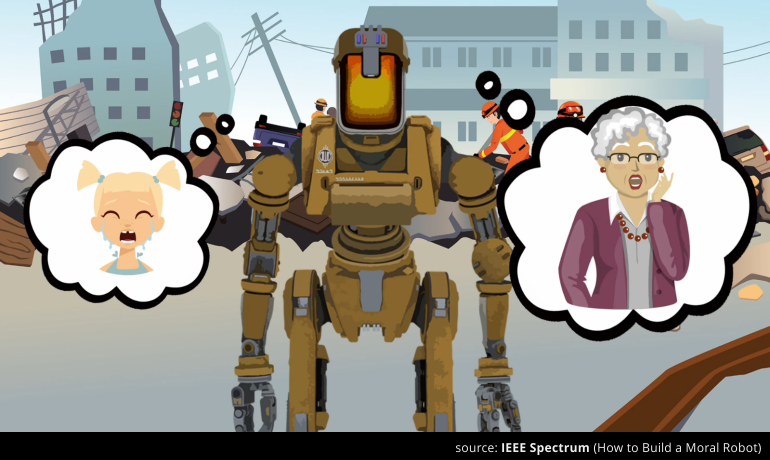Social Systems
Incorporating social concepts in software systems involves modelling many (social) issues to generate realistic social behaviour in a wide variety of situations.
The emergence of autonomous systems and multi-agent systems requires effective and flexible control and coordination mechanisms to guarantee the overall system properties. Theories and concepts from social sciences explain how the behavior of individuals in human societies are controlled and coordinated by means of social concepts and mechanisms. Inspired by social theories and mechanisms we develop computational mechanisms for control and coordination of autonomous and distributed software systems. Incorporating social concepts in software systems involves many issues such as norms and sanctions, monitoring, roles and social identity, which have to be modeled adequately and related to each other in multi-agent architectures in order to generate realistic social behavior in a wide variety of situations. Formal methods are developed to describe and model social issues while novel computational architectures are developed to cope with real time environments. At the same time we also look at the specification of social structures on the system level in order to check e.g. whether certain norms can be guaranteed by the system, or whether the enforcement of some designed norms can guarantee system level properties. This leads to interesting research on mechanism design and control models for multi-agent systems.
The features above are applied in many different areas. For example, games become more and more realistic, especially their physics, but the social realism lacks in many instances. Especially for serious games where people are trained in social skills like communicating or team work this might limit their applicability and efficiency. In order to alleviate this problem we are developing agents that have social skills and are aware of their social position and rules as people are. Thus in a doctor patient conversation the agent is aware whether it is the patient, whether it is old and has seen the doctor many times or whether it is the first time to see a specialist, etc. Incorporating social aspects in agents allow for greater flexibility in the interactions (beyond the fixed scripts that are used nowadays) but still keep a grip on the complexity. Also in the area of autonomous vehicles and smart roads we look at efficient and safe norm-based mechanisms to direct the traffic. In traffic we need flexibility in control and coordination to safeguard efficient flow and throughput of traffic, while respecting the autonomy of individual vehicles. According to such mechanisms, vehicles can violate norms and traffic laws, but have to compensate by, e.g., some payments.


